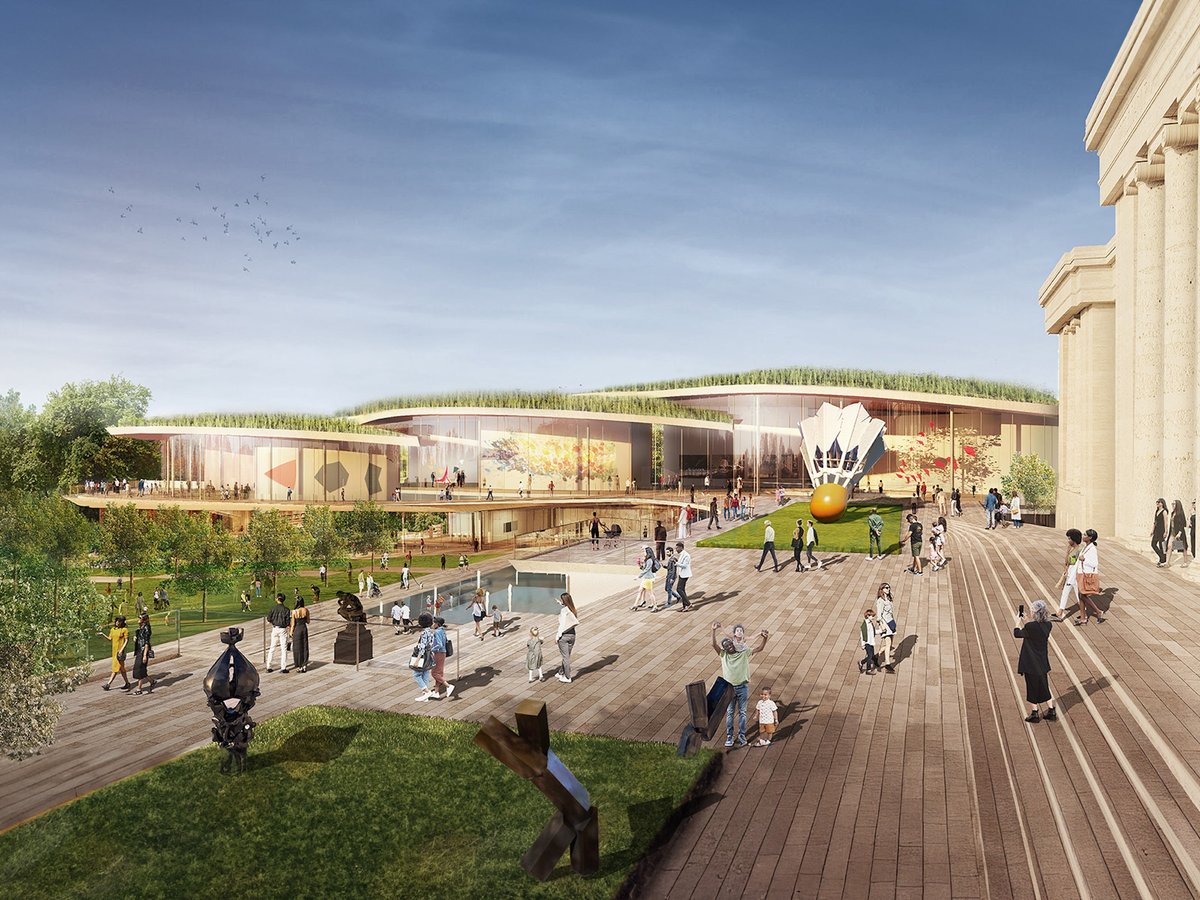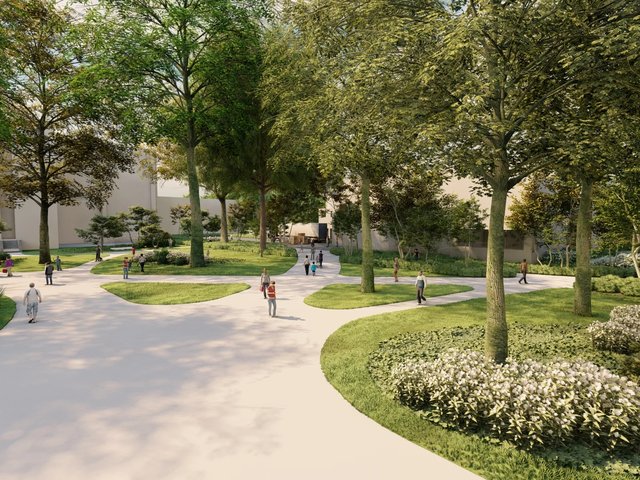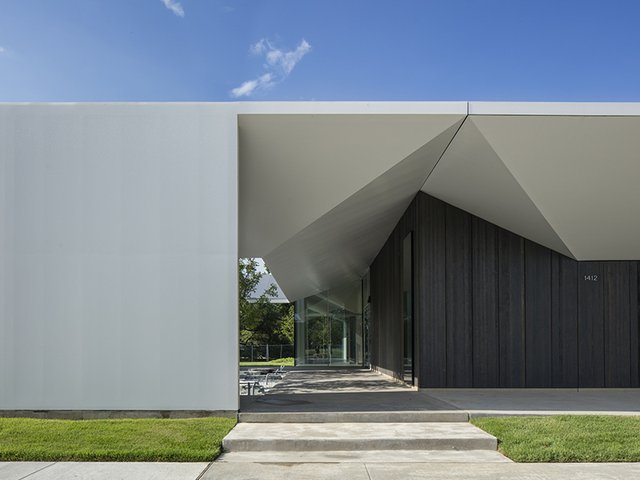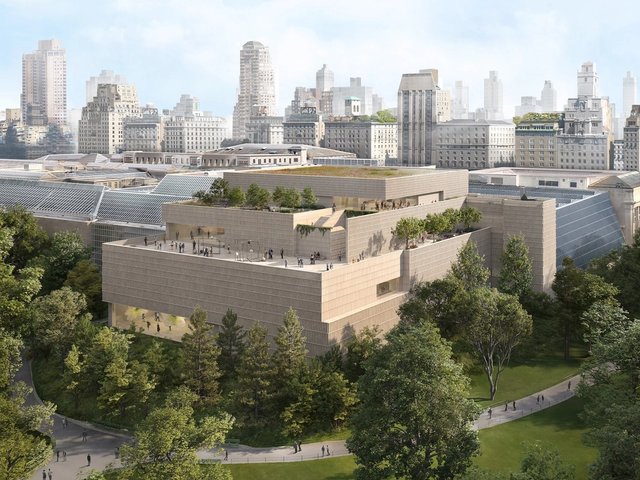The Nelson-Atkins Museum of Art in Kansas City has selected the New York-based firm Weiss Manfredi Architecture Landscape Urbanism as the lead architect for the encyclopaedic museum’s future campus transformation, projected to cost between $160m and $170m.
An architectural competition launched last year by the museum to design its expansion attracted submissions from 182 firms in 30 countries. Concept presentations by six short-listed teams—also including Kengo Kuma & Associates, Renzo Piano Building Workshop, Selldorf Architects, Studio Gang and Why Architecture—went on view at the museum and online in March, and public feedback was a factor in the final decision.
“In today's world, what we wanted is to have the most open competition and most transparent process possible,” says Julián Zugazagoitia, the museum’s director and chief executive. He emphasises the museum's aspirations for new spaces that will “be more transparent, more open to the public, where people could see themselves inside and outside”.
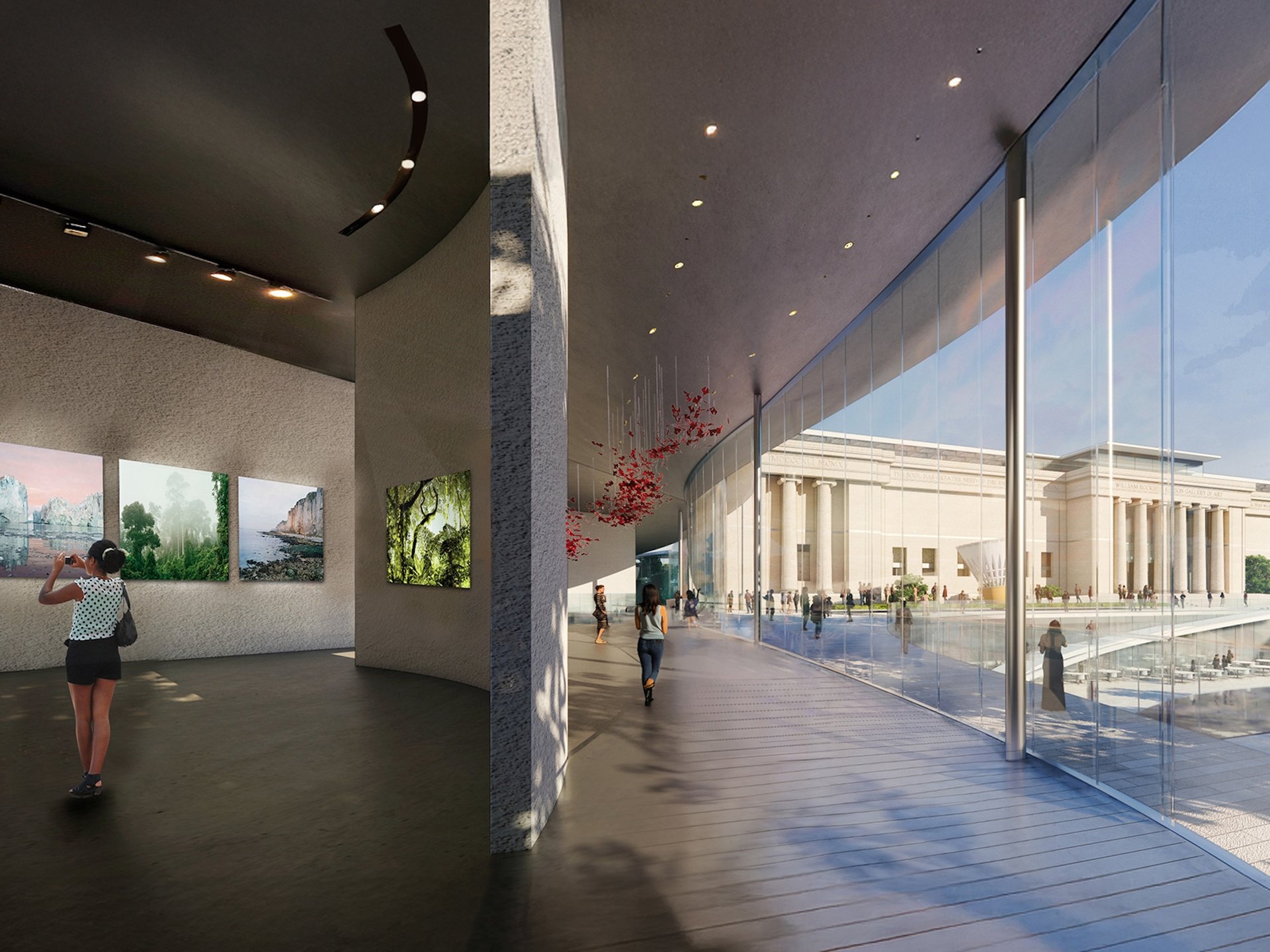
Interior rendering of Weiss Manfredi's new wing for the Nelson-Atkins Museum of Art in Kansas City Courtesy The Nelson-Atkins Museum of Art
Since Zugazagoitia joined the museum in 2010, attendance has doubled to around 600,000 visitors annually, rebounding more quickly post-pandemic than many museums across the country. The Nelson-Atkins has free admission for all.
“We’re on a track to reach a million visitors in a decade or so and we see that the audience is trending younger and more diverse,” says Nelson-Atkins board chair Evelyn Craft Belger, who also led the architect selection committee. Using the tagline “Building Belonging”, the committee envisioned an expansion that would accommodate the rising number of visitors with education and event spaces, a black box theatre, a new restaurant and library as well as the museum's growing collection—now around 42,000 objects—with more flexible galleries for contemporary art.
The Nelson-Atkins campus currently consists of the museum's grand 1933 Beaux-Arts building and a contemporary addition designed by Steven Holl Architects. A series of translucent volumes extending southeast from the original museum, Holl's luminous building opened in 2007 to great acclaim and brought nationwide attention to the Nelson-Atkins. Together, the two perpendicular buildings frame one corner of the museum's 22-acre sculpture park designed by Dan Kiley, a much beloved and well-used green space by city residents.
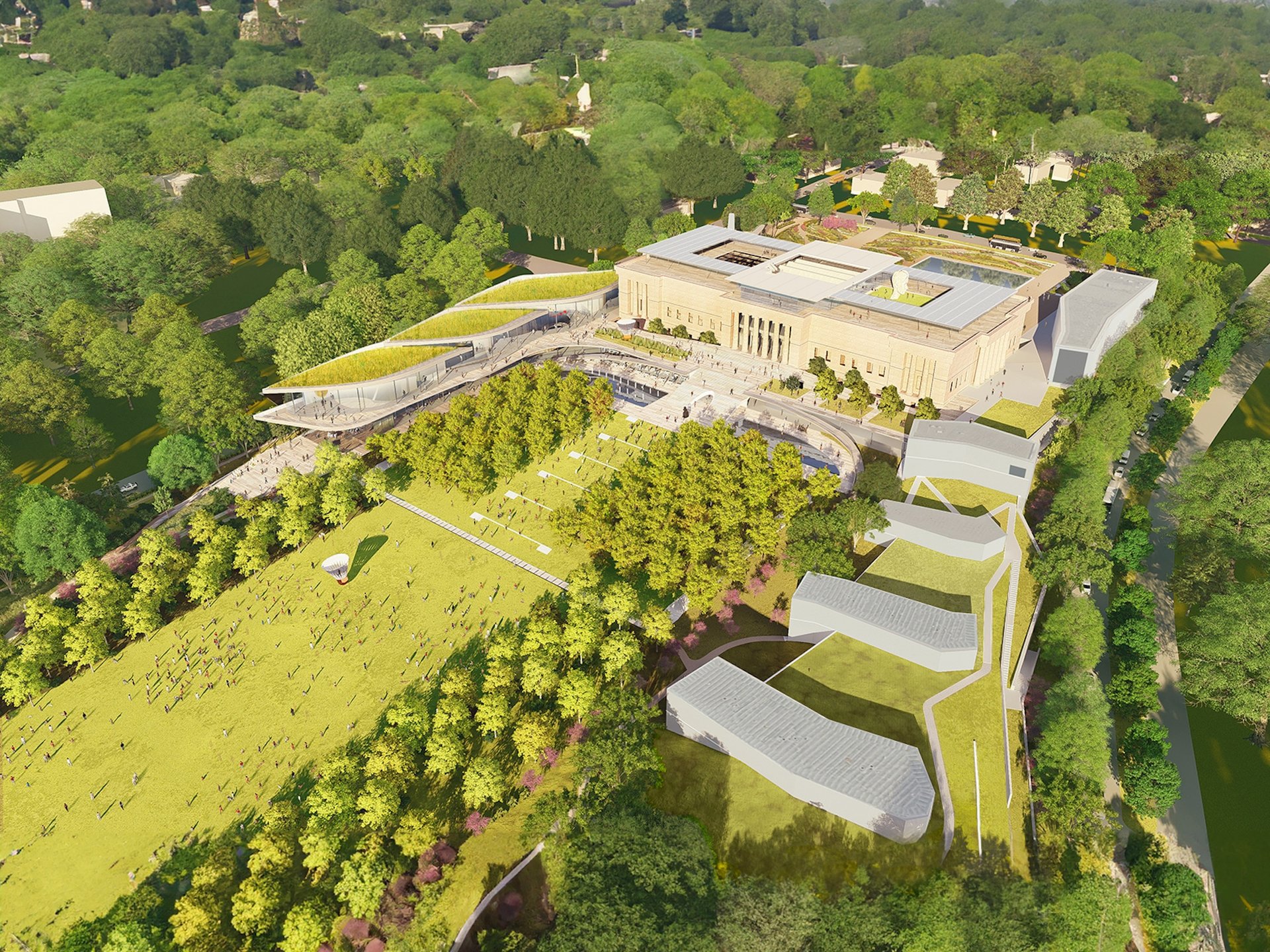
An aerial rendering of the Weiss Manfredi's new wing (at left) for the Nelson-Atkins Museum of Art in Kansas City Courtesy The Nelson-Atkins Museum of Art
While the Nelson-Atkins articulated that it needed (and could afford) a 61,000 sq. ft wing, the museum did not specify its placement on campus in the brief given to potential architects. “There was an opportunity to find different places to site a new addition, an open-ended interest in seeing how each design team might approach their extraordinary site and also some extraordinary parts of the existing museum,” says Michael Manfredi, partner and co-founder of the winning firm.
Weiss Manfredi—known for an integrated approach to architecture and landscape in projects including the Olympic Sculpture Park in Seattle and Longwood Gardens in Pennsylvania's Brandywine Valley—was the only team among the six finalists to position its addition to the southwest of the Beaux-Arts building as a mirror flank to the Holl wing. Visitors will be able to see the activity inside the curved glass walls of Weiss Manfredi's building, with spaces opening seamlessly onto the park to the east and the street to the west.
“What was really a pair of buildings could now become a trio recentred around the sculpture park,” says Marion Weiss, the firm's other partner and co-founder. In conversations with locals, the architects learned that many people who come to the sculpture park never go into the museum. “We thought that by leveraging the park as the kind of primary entry,” says Manfredi, “we could do what Julián’s really interested in, which is expand the different kinds of people that typically don't go to a museum.”

An aerial rendering of the Weiss Manfredi's new wing (at left) for the Nelson-Atkins Museum of Art in Kansas City Courtesy The Nelson-Atkins Museum of Art
The new scheme clarifies the centred Beaux-Arts building as a dynamic point of arrival. The surgical replacement of granite with glass behind the towering columns at entrances on both its south and north facades introduces “more transparency and invitation than is evident right now”, say Weiss.
Weiss Manfredi's plan makes the under-used entrance on that south facade fully accessible from the garden for the first time, with the introduction of gently arcing ramps to flank the existing central stairs. The firm also proposed to excavate a large retaining wall and basement level under the south facade, to create new glassed-fronted restaurant, library and curatorial spaces opening to the park and connecting on either side with the two additions.
The museum received more than 2,000 responses to the six design concepts, strongly in favour of the Weiss Manfredi proposal. “We certainly listened to it,” says Belger, “and happily that feedback aligned with our choice.”
Zugazagoitia compares the campus scheme to the colonnade of St Peter's in Rome, “how its two arms embrace a big piazza”, he says. “This project gives us that sense of harmony, of balance between the two expansions from Steven Holl and now Weiss Manfredi and really honours the sculpture park and classic Beaux-Arts façade to the city.”


